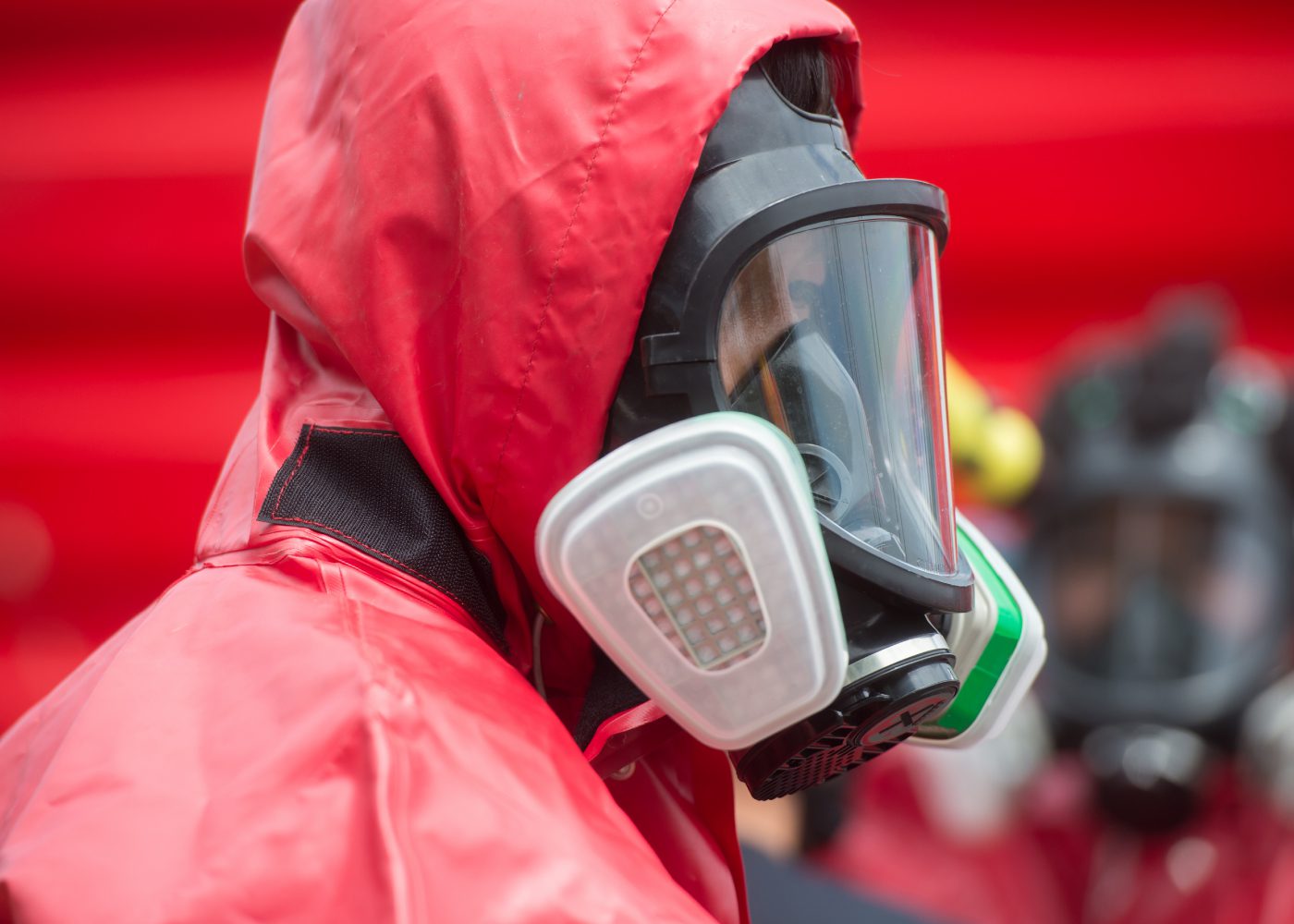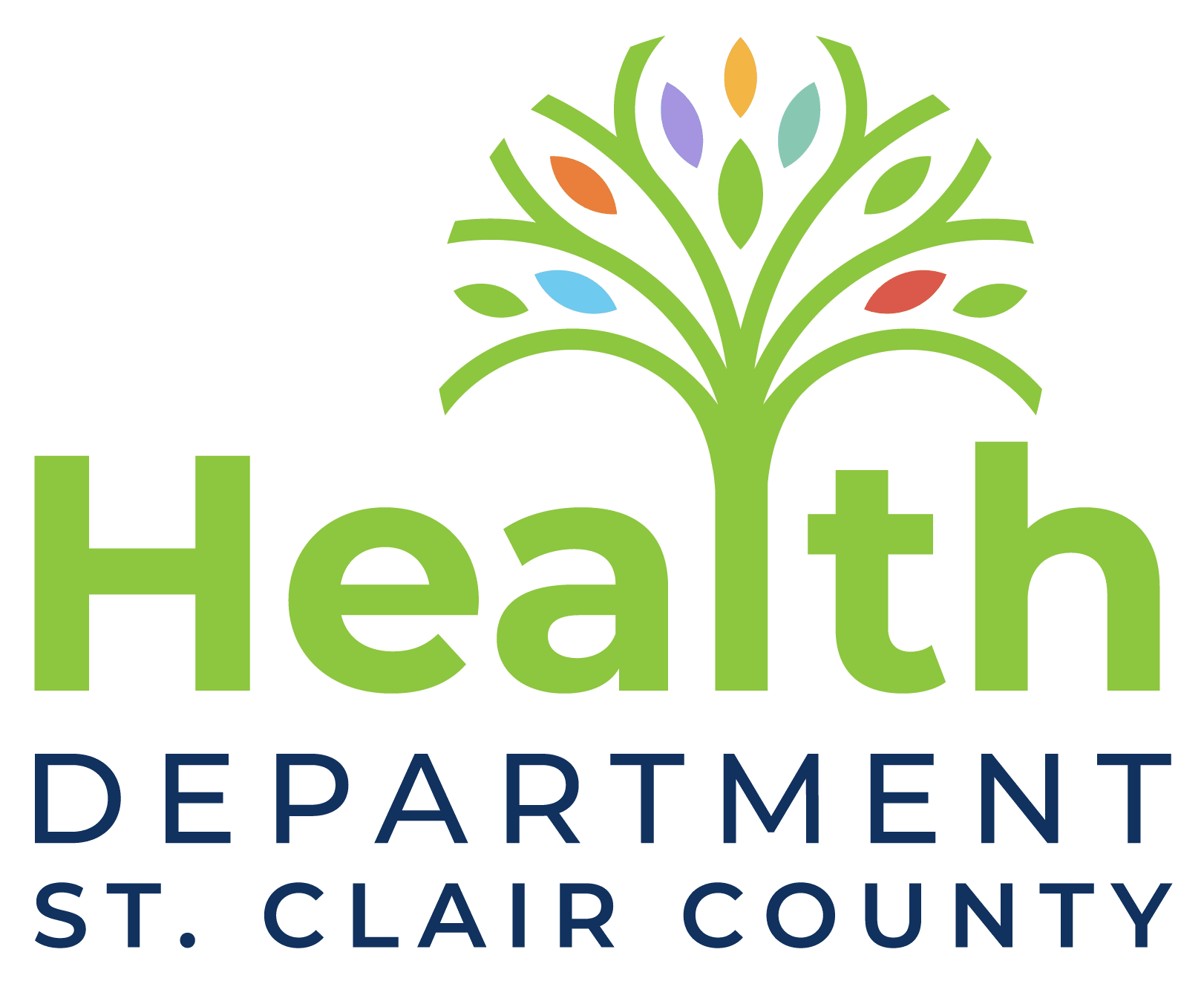
Public Health Emergency Preparedness & Response Program
Local health departments are the “boots on the ground” in preparing for, responding to, and recovering from public health emergencies such as disease outbreaks, natural and human-caused disasters, and terrorist attacks. Local health departments regularly host trainings and exercises to prepare staff and healthcare coalition partners for public health emergencies; build consistent and ongoing communication among partners; clearly define roles during an emergency; and anticipate challenges before an emergency occurs. The federal government provides support through the Public Health Emergency Preparedness (PHEP) program and Hospital Preparedness Program (HPP). These complementary programs serve different purposes. PHEP supports local health departments’ response to public health threats and helps to build resilient communities. HPP enables health care systems to save lives during emergencies that exceed day-to-day capacity of health and emergency response systems.

Local health departments perform the following functions to ensure the safety and well-being of America’s communities in the face of potential public health emergencies:
Mitigation
- Conduct research on best ways to reduce the risk to life and property.
- Issue guidance to the public on risks and ways they can stay safe.
Preparedness
- Develop comprehensive disaster plans in collaboration with community partners.
- Conduct trainings and exercises to improve emergency response capacity.
- Ready healthcare providers for medical surges.
Response
- Evacuate the public during disasters.
- Mobilize and coordinate volunteer public health and healthcare professionals to limit injury and death.
- Provide immunizations to limit spread of infectious disease.
- Coordinate shelters and monitor health conditions.
- Reunite families who may be disconnected in an emergency.
Recovery
- Rebuild critical public health infrastructure and services.
- Provide public health and mental/behavioral health services to assist community recovery efforts.
- Learn from emergencies and revise emergency plans
The 2018 Public Health Emergency Preparedness and Response Capabilities: National Standards for State, Local, Tribal, and Territorial Public Health recognizes the maturity and experience jurisdictional public health emergency preparedness and response programs have gained since 2011. The document describes the components necessary to advance jurisdictional public health preparedness and response capacity.

